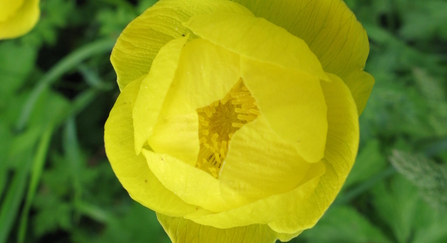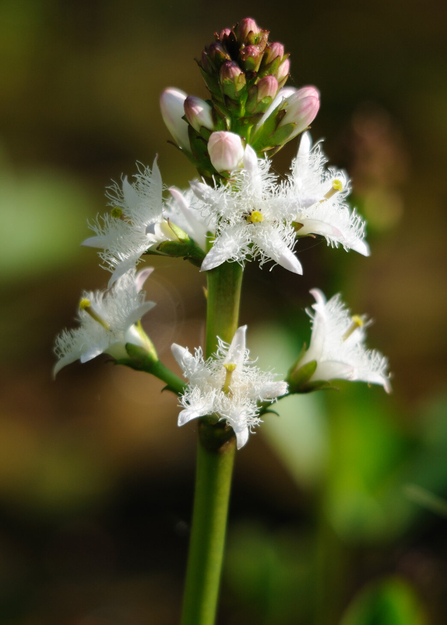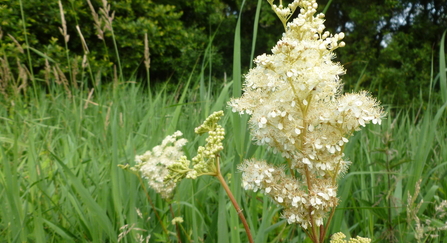The vegetation is dominated by blunt-flowered rush, with marsh helleborines, marsh fragrant orchids and globe flowers, all rare plants in Shropshire and found in only a handful of sites in the county.
More widespread species including marsh marigold, bogbean, meadowsweet, wild angelica and ragged robin add to the floral banquet that the reserve displays.






